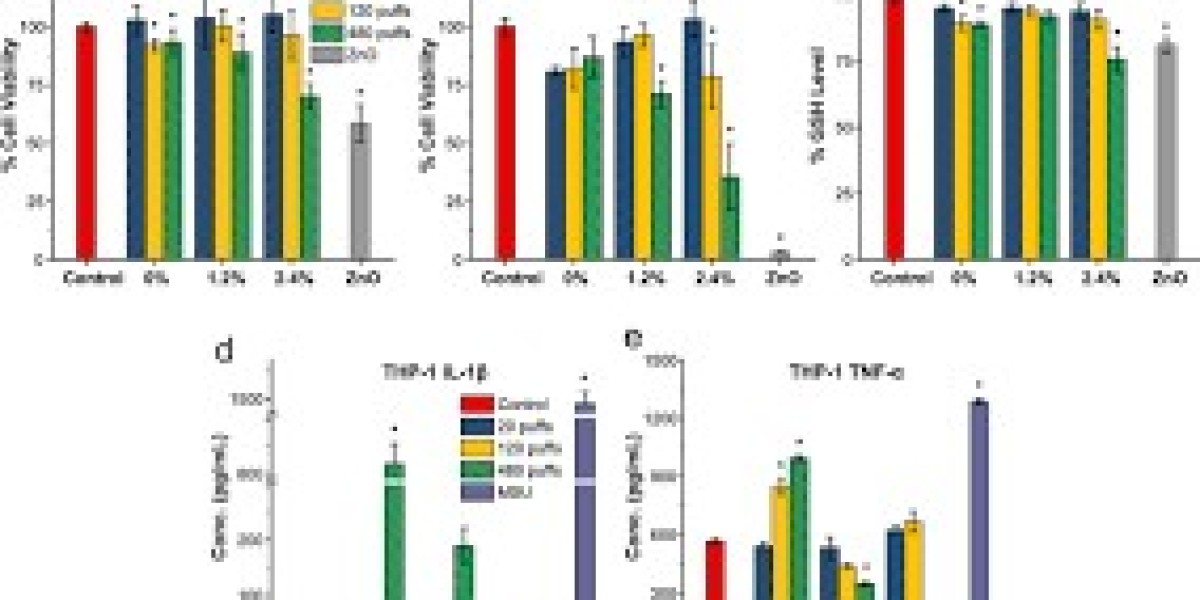Introduction:
Patient-Derived Xenograft (PDX) models have revolutionized the landscape of cancer research and drug development. These remarkable in vivo models involve the transplantation of patient tumor tissue into immunodeficient mice, allowing researchers to study tumor biology and drug responses in a more clinically relevant context. PDX models have emerged as indispensable tools for understanding cancer heterogeneity and identifying effective therapies tailored to individual patients.
In this blog, we will explore the profound impact of PDX models on targeted therapies and precision oncology, shedding light on how these models have transformed the way we approach cancer treatment.
1. Unraveling Tumor Heterogeneity:
Cancer is a complex disease characterized by significant inter- and intra-tumoral heterogeneity, meaning that tumors can vary greatly among patients and even within the same individual. PDX models accurately preserve this heterogeneity, making them valuable assets for studying diverse tumor characteristics. By reflecting the genetic and molecular diversity of human tumors, PDX models enable researchers to understand how different cancer subtypes respond to various treatments, paving the way for more personalized and effective therapies.
2. Predicting Drug Response and Resistance:
One of the key advantages of PDX models is their ability to predict how individual tumors will respond to specific drugs. As a result, researchers can preclinically test potential treatments on PDX models derived from patient tumors, gaining critical insights into drug efficacy and potential resistance mechanisms. This knowledge is invaluable in guiding clinicians to choose the most suitable therapies for their patients, increasing the chances of positive treatment outcomes.
3. Advancing Targeted Therapies:
Targeted therapies are designed to interfere with specific molecules or pathways involved in cancer growth and progression. PDX models have been instrumental in the development of targeted therapies by providing a platform for preclinical testing. By using PDX models to assess the efficacy of targeted agents, researchers can identify promising drug candidates that may be more effective and less toxic than traditional treatments.
4. Overcoming Drug Development Challenges:
Developing new cancer drugs is a complex and costly process. Traditional cell line-based models often fail to accurately represent the complexity of human tumors, leading to promising drugs that prove ineffective in clinical trials. PDX models, however, offer a more reliable platform for drug development, increasing the likelihood of successful translation from the laboratory to clinical practice. By using PDX models to screen potential drug candidates, researchers can prioritize the most promising agents and accelerate the drug development timeline.
5. Enhancing Personalized Treatment Approaches:
Precision oncology aims to deliver individualized cancer treatments based on the unique genomic profile of a patient's tumor. PDX models play a critical role in advancing precision medicine by allowing researchers to test multiple treatment options on a patient's tumor and identify the most effective combination therapy. This personalized approach not only improves treatment outcomes but also minimizes unnecessary exposure to ineffective treatments and their associated side effects.
6. Exploring Drug Combinations:
Combination therapies have shown great promise in treating certain cancers, but identifying the most effective combinations can be challenging. PDX models provide an ideal platform for testing various drug combinations, as they allow researchers to assess the synergistic effects of different drugs on specific tumor types. This approach has led to the discovery of potent drug combinations that have shown exceptional efficacy in clinical trials.
7. Studying Tumor Evolution and Progression:
PDX models provide a unique opportunity to study tumor evolution and progression over time. By serially transplanting patient tumor tissue into new mice generations, researchers can observe how tumors change and adapt under various conditions, including exposure to different treatments. This longitudinal approach allows a deeper understanding of cancer biology and helps identify potential therapeutic targets that emerge during tumor evolution.
8. Drug Resistance Mechanisms:
Resistance to cancer therapies remains a significant challenge in cancer treatment. PDX models have been instrumental in deciphering the mechanisms underlying drug resistance. By studying PDX models, researchers can identify genetic and molecular changes that contribute to treatment resistance, paving the way for the development of new drugs or combination therapies to overcome resistance and improve treatment outcomes.
9. Biomarker Discovery:
PDX models play a crucial role in identifying predictive biomarkers for targeted therapies. Through the analysis of tumor tissue from PDX models and correlating treatment responses with specific genomic or molecular features, researchers can pinpoint biomarkers that indicate which patients are most likely to respond favorably to certain therapies. These biomarkers streamline patient selection for clinical trials and ensure that the right treatment reaches the right patient.
10. Pediatric Cancer Research:
PDX models have become instrumental in pediatric cancer research. Since pediatric tumors are often rare and difficult to study, PDX models provide a valuable resource for understanding the biology of these cancers and evaluating potential treatment strategies. This research is particularly important, as pediatric cancer treatments must be carefully tailored to minimize long-term side effects on growing and developing bodies.
Conclusion:
Patient-Derived Xenograft (PDX) models have significantly impacted the field of targeted therapies and precision oncology. By accurately reflecting tumor heterogeneity, predicting drug responses, and guiding the development of personalized treatment approaches, PDX models have paved the way for more effective and individualized cancer therapies. As research in this field continues to advance, PDX models will undoubtedly remain invaluable tools in the fight against cancer, bringing us closer to a future where each patient receives the most optimal and tailored treatment for their unique cancer journey.







